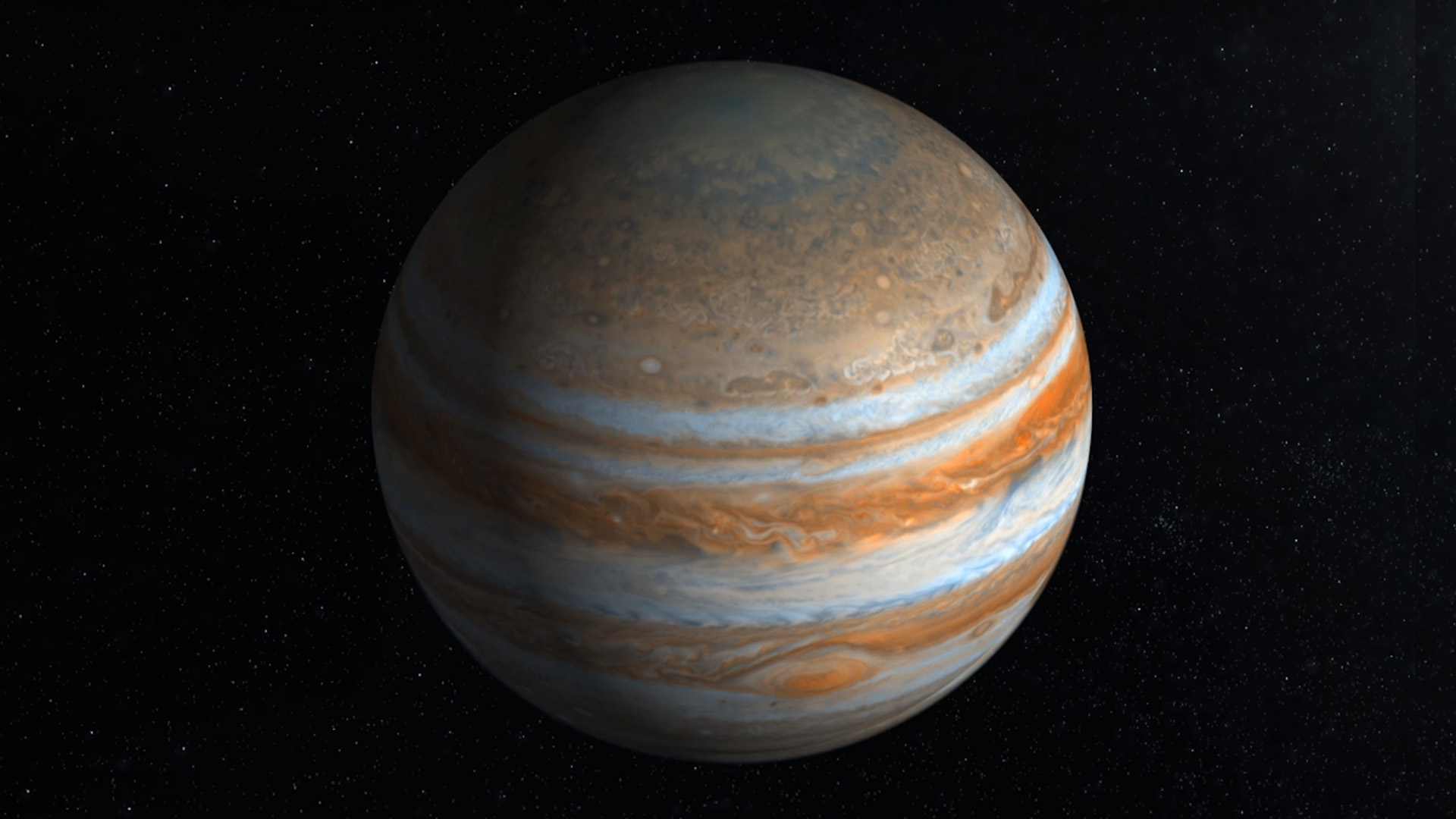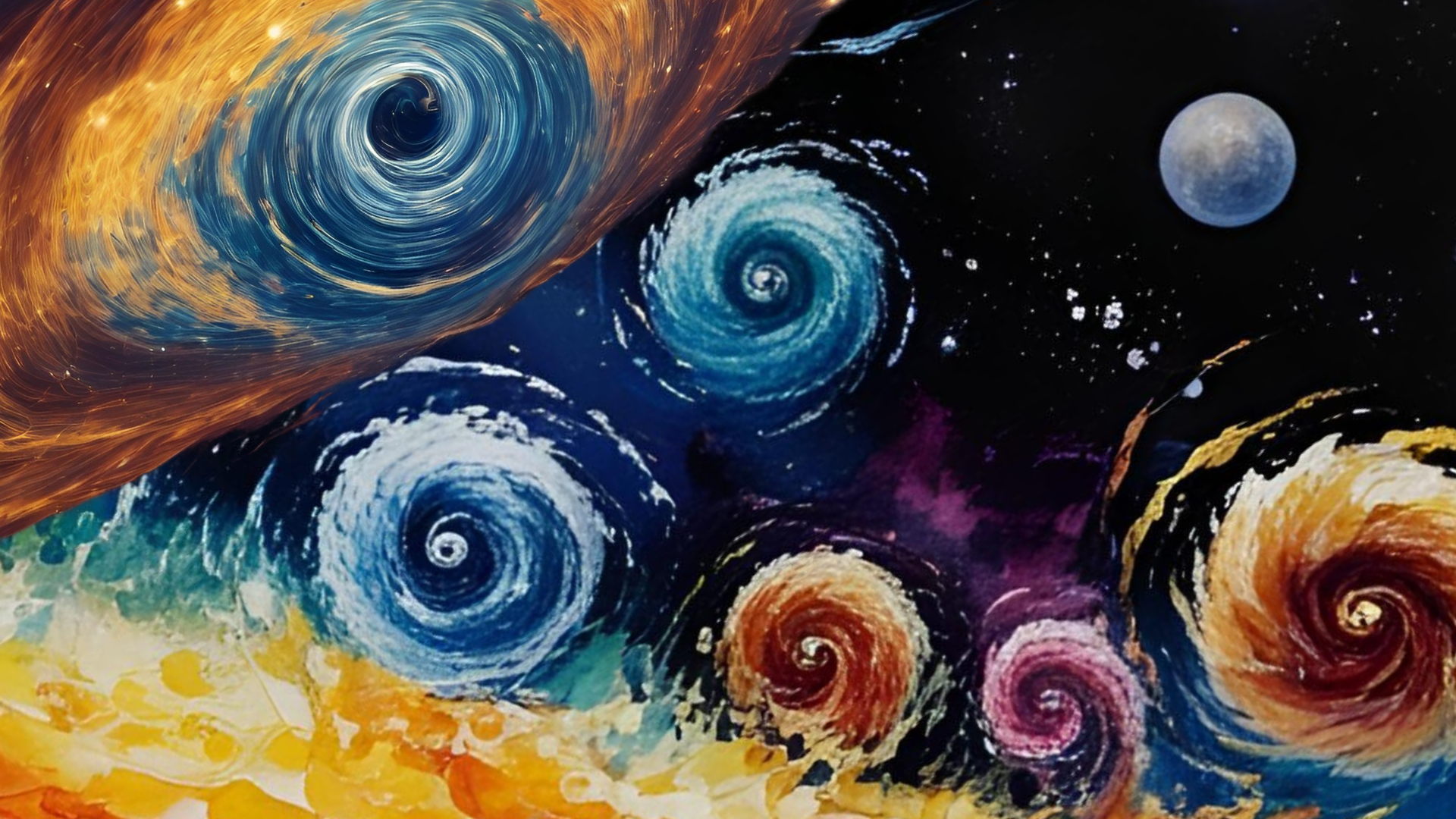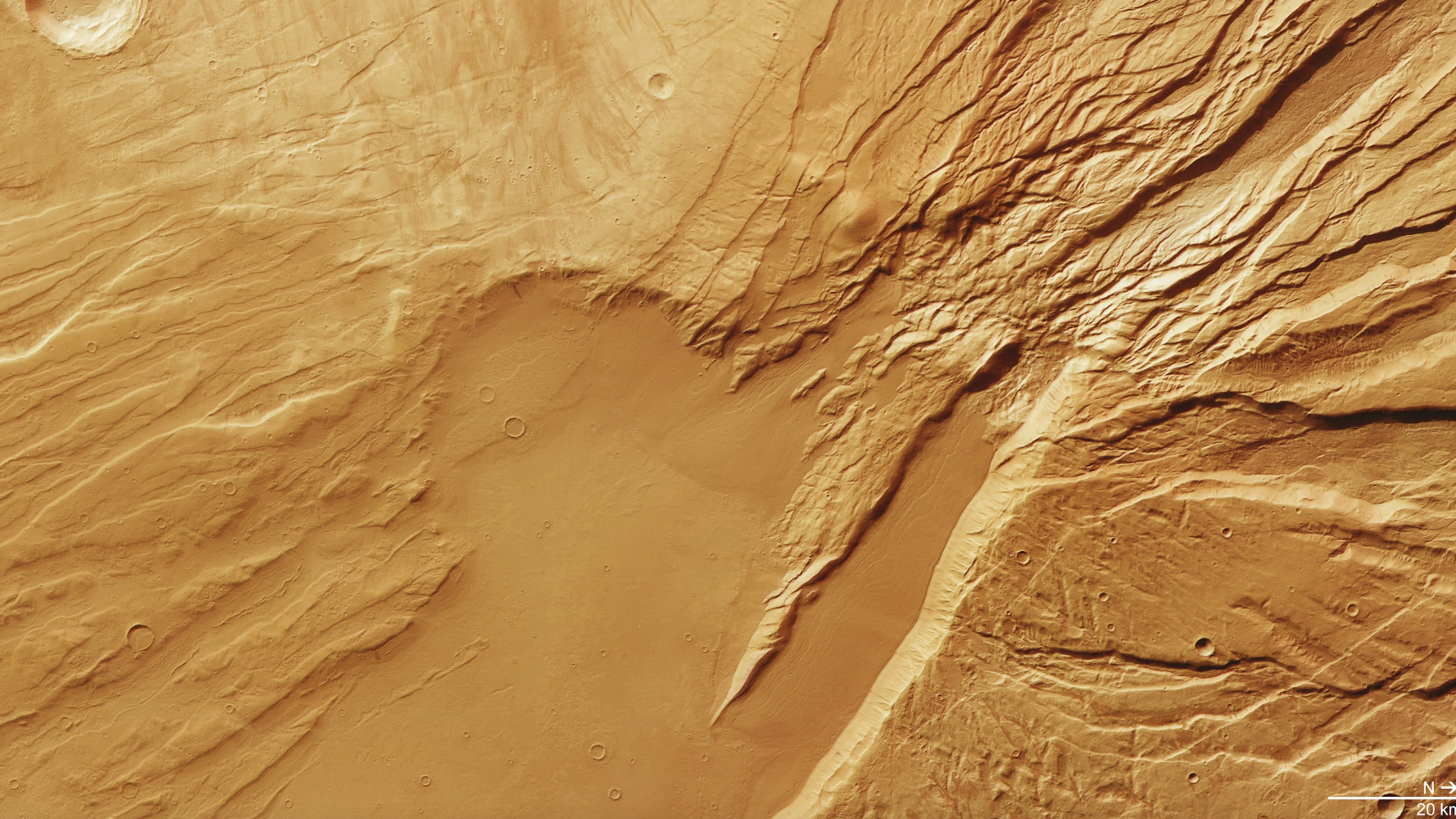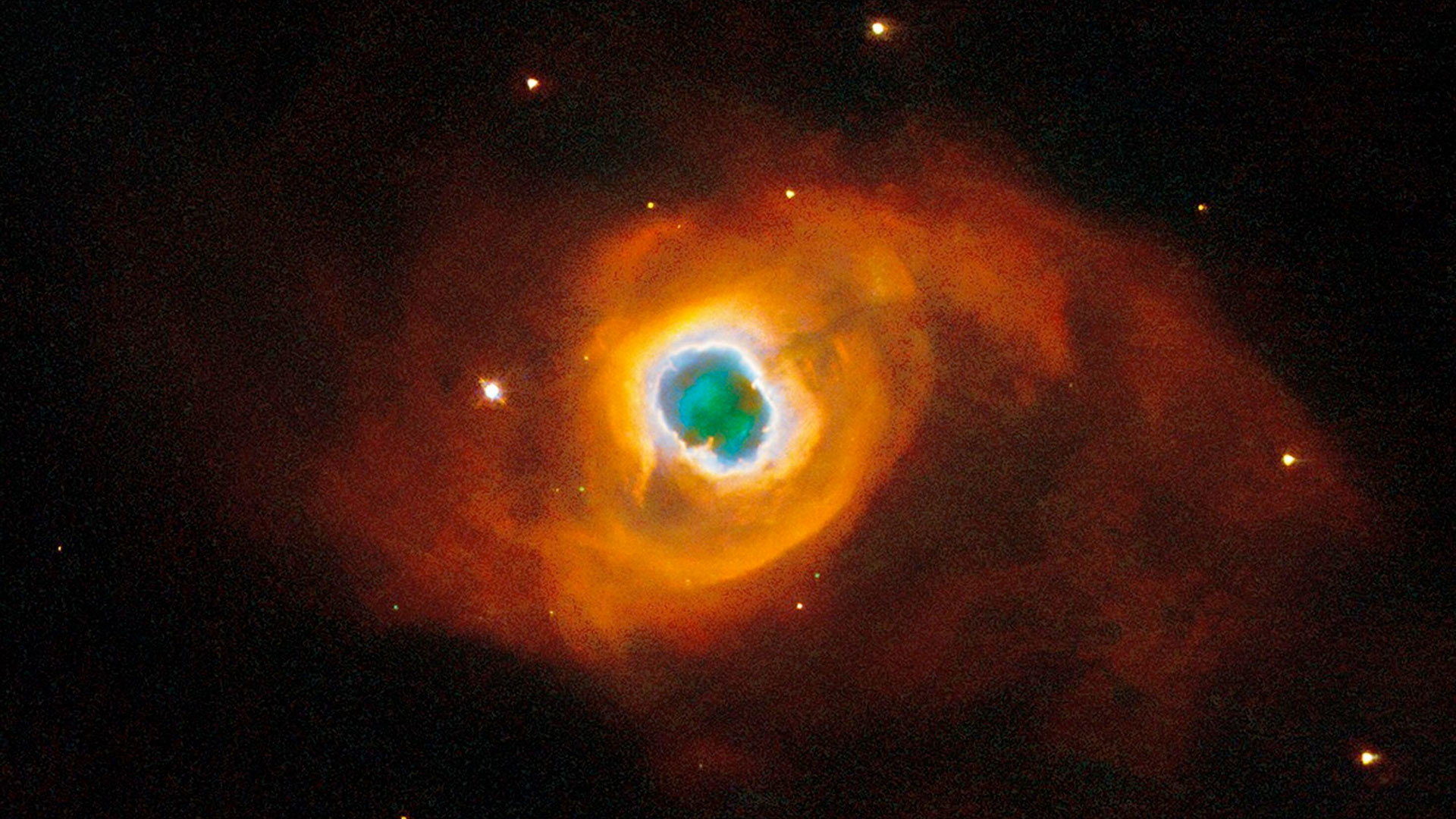Is There Water on Jupiter? Great Red Spot May Hold the Answer
Jupiter's iconic storm, the Great Red Spot, may have just clued scientists in on an enthralling secret: The giant planet might have water.
Jupiter is a special world. It's the largest planet in our solar system and likely was the first body to funnel the sun's leftover elements to form, according to NASA. So, it's no surprise, then, that researchers once thought Jupiter had an identical composition to the sun.
But subsequent studies of the planet over the past few decades have revealed a more complex Jupiter. The hints of water in Jupiter's Great Red Spot come from a recent study by Gordon Bjoraker, an astrophysicist at NASA's Goddard Space Flight Center in Greenbelt, Maryland. [Jupiter's Great Red Spot: More Amazing Photos]

"The moons that orbit Jupiter are mostly water ice, so the whole neighborhood has plenty of water," Bjoraker said in a NASA statement Wednesday (Aug. 29). "Why wouldn't the planet — which is this huge gravity well, where everything falls into it — be water rich, too?"
Bjoraker and colleagues collected radiation data on Jupiter using two special telescopes on the Mauna Kea summit in Hawaii: an instrument at the NASA Infrared Telescope Facility, and the "most sensitive infrared telescope on Earth" at the Keck Observatory, according to the space agency.
To supplement those observations, the team used data from NASA's Juno spacecraft, which can probe deeper into Jupiter's clouds than any mission before. Juno orbits Jupiter once every 53 days.

With ground-based instruments on Earth, the team watched thermal radiation leak from the depths of the Great Red Spot. They found that above the clouds in this turbulent region's abyss, chemical signatures of water existed. Models, both theoretical and computer-generated, support their findings of "abundant" water on Jupiter.
Get the Space.com Newsletter
Breaking space news, the latest updates on rocket launches, skywatching events and more!
The researchers found that the deepest cloud layer with water signatures inside the Great Red Spot is at 5 bars, or five times the atmospheric pressure on Earth, where the temperatures reach water's freezing point.
This depth, in addition to the levels of carbon monoxide researchers detected on Jupiter, appears to confirm that Jupiter is rich in oxygen and, because its abundance of hydrogen is already well-known, has the ingredients for water.

But how much water could there be on Jupiter? More observations are needed to find out, researchers said.
"Jupiter's water abundance will tell us a lot about how the giant planet formed, but only if we can figure out how much water there is in the entire planet," Steven Levin, a Juno project scientist at NASA's Jet Propulsion Laboratory in Pasadena, California, said in the statement.
If future observations by Juno confirm the existence of water on Jupiter and map it in detail, that knowledge could potentially be used to help determine if there's water on other gas-giant planets.
"If it works, then maybe we can apply it elsewhere, like Saturn, Uranus or Neptune, where we don't have a Juno," Amy Simon, a planetary atmospheres expert at NASA Goddard, said in the statement.
The paper detailing the findings was published Aug. 17 in The Astronomical Journal.
Follow Doris Elin Salazar on Twitter @salazar_elin. Follow us @Spacedotcom, Facebook and Google+. Original article on Space.com.
Join our Space Forums to keep talking space on the latest missions, night sky and more! And if you have a news tip, correction or comment, let us know at: community@space.com.

Doris is a science journalist and Space.com contributor. She received a B.A. in Sociology and Communications at Fordham University in New York City. Her first work was published in collaboration with London Mining Network, where her love of science writing was born. Her passion for astronomy started as a kid when she helped her sister build a model solar system in the Bronx. She got her first shot at astronomy writing as a Space.com editorial intern and continues to write about all things cosmic for the website. Doris has also written about microscopic plant life for Scientific American’s website and about whale calls for their print magazine. She has also written about ancient humans for Inverse, with stories ranging from how to recreate Pompeii’s cuisine to how to map the Polynesian expansion through genomics. She currently shares her home with two rabbits. Follow her on twitter at @salazar_elin.









